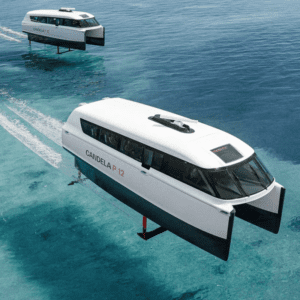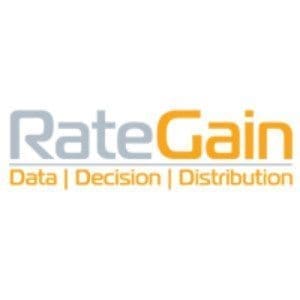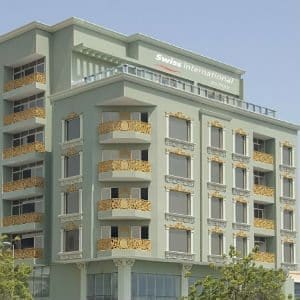For many, many years, hotels have used their property’s compset (also known as the competitive set) in order to gauge their hotel’s performance against the competition. That is definitely a smart business decision! But unfortunately, many of those same hotels are using their compset as their only basis for determining pricing of their rooms – which is not the most effective way of determining nightly rates.
The concept of a compset was developed when the Smith Travel Research (STR) reports were the tools that all hotels used to measure their property’s performance against the competition. At that time, using STR compsets made sense because it was the only way to execute competitive analysis of any kind.
Today however, with the continual evolution of hotel booking technology and the proliferation of online booking channels available to consumers, it is no longer sufficient for hotels to compare their property only to the few properties within this compset.
Another very important reason that hotels should not use their compset as the basis for their pricing is consumer behavior. It is widely known that you must think like your audience in order to sell to your audience. As consumers don’t think about or shop within a compset, that should not be the standard that hotels use to price their rooms.
So let’s try thinking like a consumer for a moment…what factors would drive your purchase of a hotel room over another?
First and foremost, consumers consider a hotel’s location and price. As location is a fixed variable, it is necessary for price to be the primary consideration for all revenue managers as well when determining pricing for their property. So if your property is not taking into consideration all of the properties available in the destination within your category and similar star rating (and don’t forget about the properties with star ratings above and below yours that have comparable price points as well!), then you aren’t pricing your rooms effectively.
It’s a similar purchasing pattern that consumers use when shopping for real estate. Consumers start their search by putting together a budget to outline the maximum dollar amount that they want to spend on their purchase. From there, they narrow down the possibilities based on the specific amenities that they require in a new home (i.e. gourmet kitchen, pool, location, etc.).
The way in which a home’s price is determined is based primarily on the factors that influence a consumer’s purchase the most. First, real estate agents do an appraisal in which they find comparable homes to determine the best price range. This is the equivalent of hotels using the STR compset as a benchmark for performance (good idea!). Once the price is determined, the house is listed for sale, but at that point, the house is no longer only competing by those few comparable houses that were used during the appraisal; the house is now competing against every single house that is for sale within that particular market, segmented by price. This is the same for a hotel, as they are actually competing for sales with all hotels within a destination (at a comparable price point) – reinforcing the importance of thinking beyond the compset to ensure that your room rate is as competitive as possible.
In order to be the most successful in increasing both bookings and revenues, hotels must consider all of the accommodation options available within a destination (which includes hotels’ websites, OTAs, AirBnB rentals, as well as other vacation rental and private rental sites, among any other accommodation available online) and ensure that their room rates are being updated continually, in real-time, as the market changes (that’s where a sophisticated revenue management system comes in handy!). By doing so, you will ensure that your property will be listed on the first two pages of OTA search results (the ideal place for getting the most bookings and making the most revenue off of each booking) and that consumers will book with your property, over the competition.
So drop the compset (as the basis for your pricing strategy) and start considering every property available in a destination within your category and similar star rating. You will find that your property becomes more visible to consumers via the OTAs, yielding an increase both in bookings and the amount of revenue earned off of each booking.
About the author
Jean Francois Mourier is the CEO and Founder of REVPAR GURU which provides hotels around the world with an alternative revenue management software solution, designed to deliver maximum bookings and profits. As REVPAR GURU’s custom-designed Yield Dynamic Price Engine is the only real-time revenue management software available on the market, it meets the rapidly changing needs of hotels in a very demanding business environment. REVPAR GURU’s solution offers dynamic rate optimization, real-time pricing, integrated internet and extranet yield channel management and GDS sales distribution, to increase a hotel’s RevPAR intelligently and effectively, while maintaining rate integrity and automated rate parity. Since 2004, REVPAR GURU’s software solution has been used by hotels worldwide to increase occupancy and RevPAR. Headquartered in Miami, Florida, additional information can be found at www.revparguru.com or by calling +1.786.478.3500.












